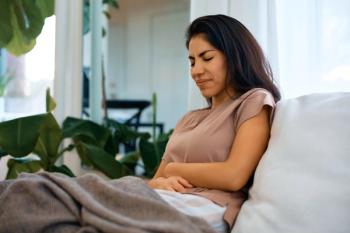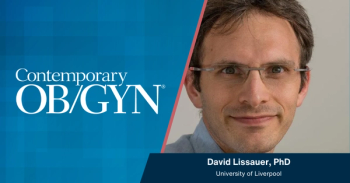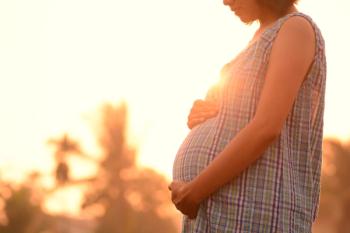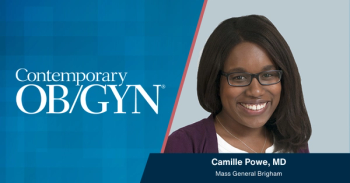
Moe Takenoshita, MBBCh, links c-section to sleep issues
Moe Takenoshita, MBBCh, found that cesarean delivery was linked to a 16% higher risk of developing sleep disorders within a year after childbirth.
New research presented by Moe Takenoshita, MBBCh, postdoctoral scholar at Stanford Medicine, highlights a significant association between cesarean delivery and an increased risk of developing sleep disorders in the year following childbirth.
The study analyzed insurance claims from over 1.5 million mothers across the United States to explore the relationship between delivery mode and postpartum sleep health. Findings showed that women who delivered by cesarean section were 16% more likely to develop a sleep disorder within the first year after delivery compared to those who delivered vaginally. With approximately one-third of US births occurring by cesarean section, these results underscore an important public health concern.
To gain deeper insight into why this link exists, Takenoshita and colleagues also conducted patient interviews with individuals who had delivered either vaginally or by cesarean. Participants who underwent cesarean delivery reported more severe and persistent pain that interfered with their ability to function during the day and negatively affected sleep quality. Pain appeared to play a major role in the observed differences, though it did not fully explain the increased risk of sleep disorders.
Takenoshita noted that poor sleep in the postpartum period can have far-reaching consequences for new mothers. In addition to mood disturbances and reduced daily functioning, inadequate sleep has been associated with a higher risk of cardiovascular complications. She emphasized the need for clinicians to engage in early discussions about sleep health during pregnancy, as the incidence of sleep disturbances—including insomnia, sleep apnea, and restless leg syndrome—tends to rise, especially in the third trimester.
According to Takenoshita, postpartum sleep disorders remain significantly underdiagnosed, with only approximately 10% of affected individuals receiving formal evaluation or treatment. Because many new parents expect their sleep to worsen after childbirth, symptoms of true sleep disorders often go unreported.
Takenoshita encouraged open communication between patients and their obstetricians or primary care physicians to identify and address sleep problems early. Effective, evidence-based treatments—such as sleep hygiene interventions and cognitive behavioral therapy for insomnia—can help reduce risks and improve recovery after childbirth.
No relevant disclosures.
Reference
Cesarean delivery linked to higher risk of pain and sleep problems after childbirth. American Society of Anesthesiologists. October 12, 2025. Accessed October 20, 2025. https://www.asahq.org/about-asa/newsroom/news-releases/2025/10/cesarean-delivery-linked-to-higher-risk-of-pain-and-sleep-problems-after-childbirth.
Newsletter
Get the latest clinical updates, case studies, and expert commentary in obstetric and gynecologic care. Sign up now to stay informed.











